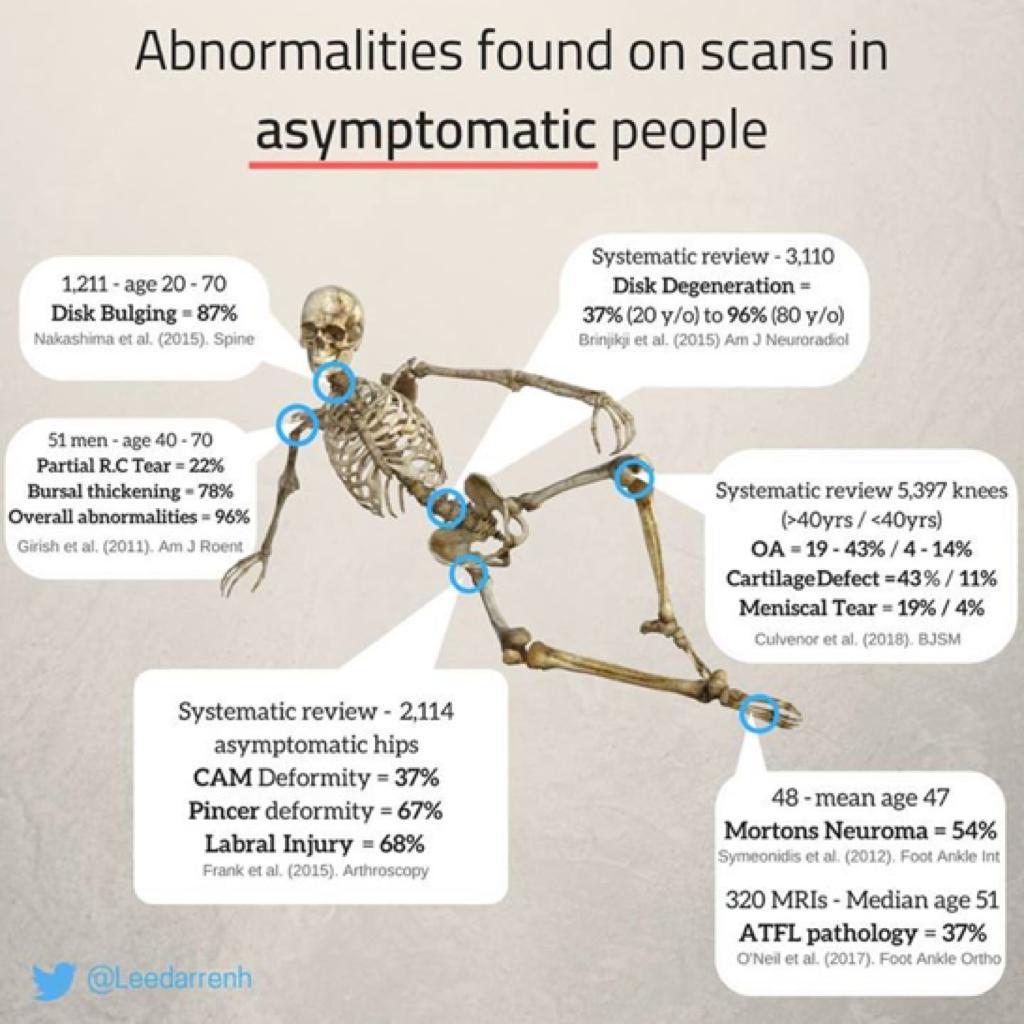‘What a fool’ you might gasp, ‘why I only stubbed my big toe this morning and the pain shot right up my leg to my brain’. Actually, my statement is a scientific fact substantiated by many fine researchers around the world (Explain Pain by David Butler and Lorimer Moseley is a good place to start).
Thanks to the likes of René Descartes we believed for a long time that pain was a sensation that travelled from the injured body part to the brain. But then how do you explain phantom limb pain? (A condition where a body part is missing but the owner still experiences pain in the missing limb.) Is it all in the poor sufferer’s head?
As we now understand, yes it is. All pain is in the brain. My fellow chronic pain sufferers might exclaim ‘How dare you say such a thing, I’ve been in pain for years. It’s devastated my life, ruined my family relationships and left me abandoned and lonely, feeling like no one really believes me’. And it is true, pain can do that to you, if you don’t truly understand the reasons why you are hurting.
What does actually happen when you stub your toe? Within all the tissues of the body we have trillions of nerve endings or receptors. These receptors feedback to the brain that which is going on in our bodies. The brain will then decide whether we are, for example, too hot, too tired, hungry, thirsty or need a loo and so on.
A large number of these receptors belong to a warning and danger alert system and are called nociceptors. They sit up and pay attention when tissue damage occurs in the body. They then report back to the brain by sending an electrical current along the nerves, carrying the signals up the spine and into the brain. Cool!
An area of the brain, called the Thalamus, a kind of relay station, receives a large majority of the signals and redirects them on to other areas of the brain. As a consequence of this activity, a ‘board meeting’ is called to assess the situation. Board members at this meeting include, for example, the Sensory Cortex, which decides which body part might be in danger, the Prefrontal Cortex, where we have our reasoning and thought processing and the Amygdala, where we process fear. If the board concludes that we are in ‘danger’ then, to alert us, it will construct the experience we call pain.
This experience of pain is the conclusion of the input from the body part plus the brain’s own calculations, and not the input signal itself. The pain experience will be unique and personal. Why is this important? Well, if you’ve suffered injury, healed up and your pain is gone then it probably has no importance to you. However, if like me, you have pains long after the event, even years after, then this knowledge is vital as it can change your life for the better.
Many of us have been told that age is a factor, or even worse that our X-rays or MRI scans show extensive wear and tear, our discs are worn away, we have the back of an eighty year old, ‘with those knees you should be in a wheelchair’….
However if the only information traveling from those body parts is electrical, and it is the brain that decides whether it is important and dangerous, and whether to hurt or not, then there is hope for us. So, what I am saying is discs don’t hurt, bones don’t hurt, muscles don’t hurt and even a broken leg doesn’t have to hurt. Because if the brain concludes that it is not a good idea to have pain at that moment, it won’t create pain!
We’ve all heard the stories of people being badly injured but carrying on functioning to ensure the survival of themselves and/or others. They recount how they had no pain at the time and that the pain only came later when the ‘threat to survival’ was over.
If you are going through life believing that your body hurts then your pain will never change. There is also a nightmare of treatment choice from health professionals and alternative medicine practitioners adding to our confusion and despair. Maybe the answers lie within our own understanding of pain through professional pain education. One important notion from the pain education is ‘hurt doesn't always mean harm’. This revelation will enable you to slowly move more and get fitter without fear of damaging yourself. Hence, knowledge combined with appropriate rehabilitation, can relieve your pain, no matter how old, sometimes miraculously.
No brain no pain. With this knowledge we can infer that our thoughts, feelings and emotions can change the quantity and severity of pain. Indeed we don’t even need a body part to have pain as in the case of those suffering from PLP (phantom limb pain).
Furthermore, extreme psychological overload can actually lead the brain to use body pain to express itself. ‘Now he’s really lost the plot’ I hear you say…. But it’s true. You now know that the brain constructs pain if it thinks that you are in danger. Therefore if it concludes you are in danger as a result of your thoughts, feelings and emotions, then, when denied recognition or respite, the brain can use a body part or parts to express itself. Rachel Kelly describes this realm of pain perfectly in her memoir Black Rainbow.
Nobody wants pain but it is equally important to understand that pain does do an invaluable service to us. It is letting us know that we are in trouble in some way and that we need to take care of ourselves. The knowledge we have now means all pain can be treated and not just managed.
David Bolton
Physiotherapy Practice London
















